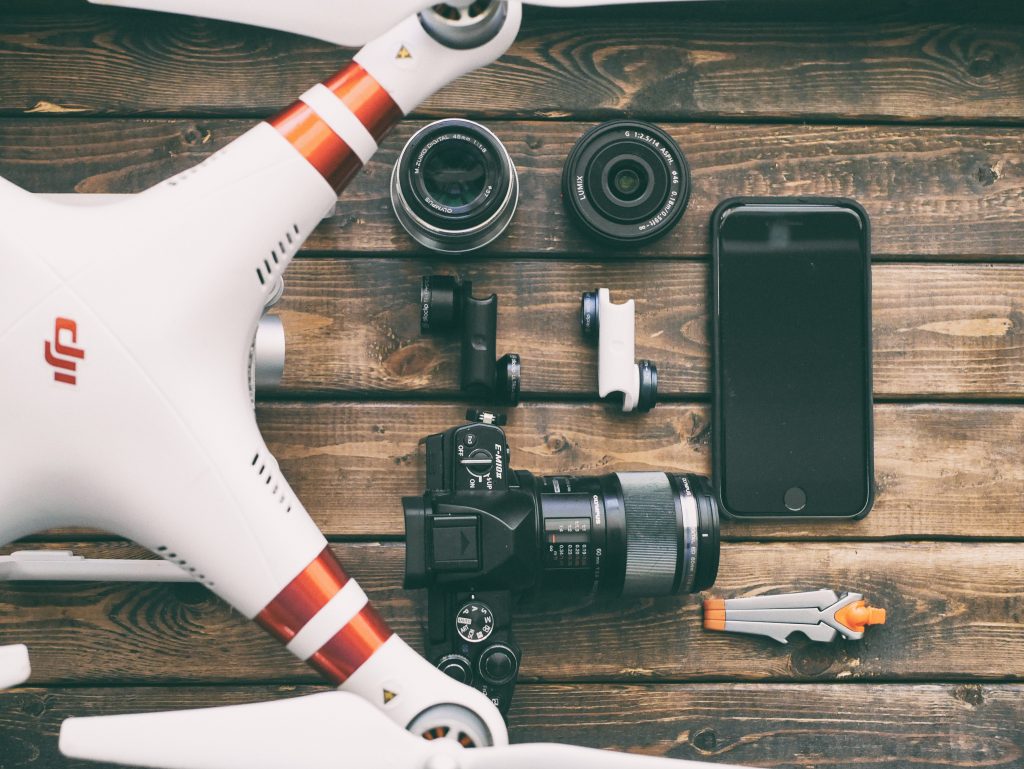508,758 recreational drones are registered in the United States, highlighting the soaring popularity of the hobby. For those looking to take it to the next level, building your own drone is a fantastic way to get all of the features you’re looking for, in addition to a custom experience. Whether you’re looking to race or use the drone for video or aerial photography, here’s what you should consider before beginning to build.
Determining its use
Before you start building your own custom drone, determining what its primary use will be is essential to get an idea of what you’ll need during the building process. Because drone technology has become so advanced over the years, their purposes range from being used in the military to high tech developments within the package delivery industry (think services like Amazon Prime Air). While labor shortages, climate change, and technological integration are all driving factors behind this, receiving drone-delivered packages isn’t currently mainstream, likely due to challenges regarding FAA airspace regulations. However, drones can still be used for a myriad of recreational purposes. Whether you’re looking to build something purely recreational such as high-speed racing, this decision will impact the features you’ll want to add on later, as well as what kind of major components you’ll need to incorporate.
The major components
Every drone, despite its purpose, involves major components that you should familiarize yourself with before building, as you’ll need to know exactly what you want/need for the drone you have in mind. For example, if you’re looking to build a drone for racing or simple flying purposes, then choosing a small, lighter motor and frame is best for speed. On the other hand, if you’re looking to build a drone for photography/video purposes, then you’ll need something larger and sturdier in order to support the weight from the camera. Other important major components include the electronic speed controller, which allows the motors to spin and move, as well as the flight controller and power distribution boards, which every drone will need.
If you’re a total beginner, purchasing a comprehensive build kit will better allow you to navigate the entire process, and can save time and guesswork. However, if you’re looking for something specific, it’s necessary to take into account that a build kit likely won’t allow for the complete customization you’d get by building it yourself. For instance, if you want to add on a higher tech camera, a drone build kit may not allow you to do that if its frame and motors are too small to support the camera you want. The IMX530 Camera, for example, is a high-performance option that requires a robust and compatible drone frame to ensure optimal functionality.
Additional features to consider
Adding features to customize your drone is undoubtedly the best part of the building process, but it’s necessary to know your options beforehand in order to get what’s best for you. If you’re looking to video or take pictures out in nature, for example, then waterproofing is an essential feature to look for when purchasing the parts to build your drone. Cameras and mounts are another major consideration, as it’s important to ensure you’re getting the right quality camera while still staying within the drone’s boundaries, with weight being a major factor. Advanced control options are another consideration, and can include anything from speed to landing and flight maneuvers.
Building your own drone might sound like a daunting process, but it can be made quite simple once you set an intention for the device and familiarize yourself with the major components and additional options. From camera considerations to what kind of motor/frame you’ll need, deciding beforehand will allow you to better navigate the build process.
Photo by Aaron Burden on Unsplash

DC Fanboy! Superman is the greatest comic book character of all time. Favorite movies are Man of Steel, Goonies, Back To the Future






